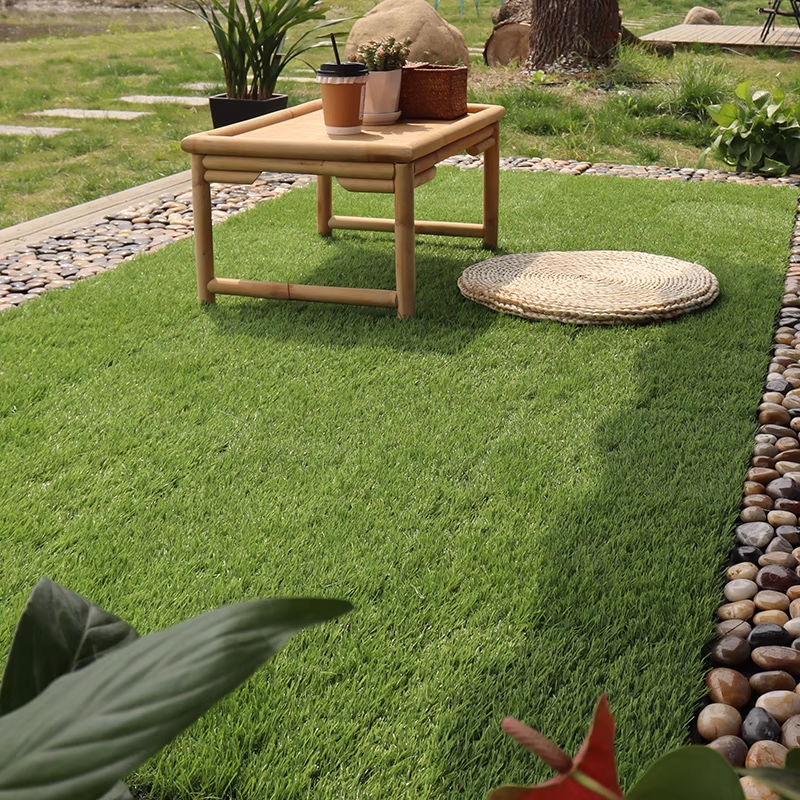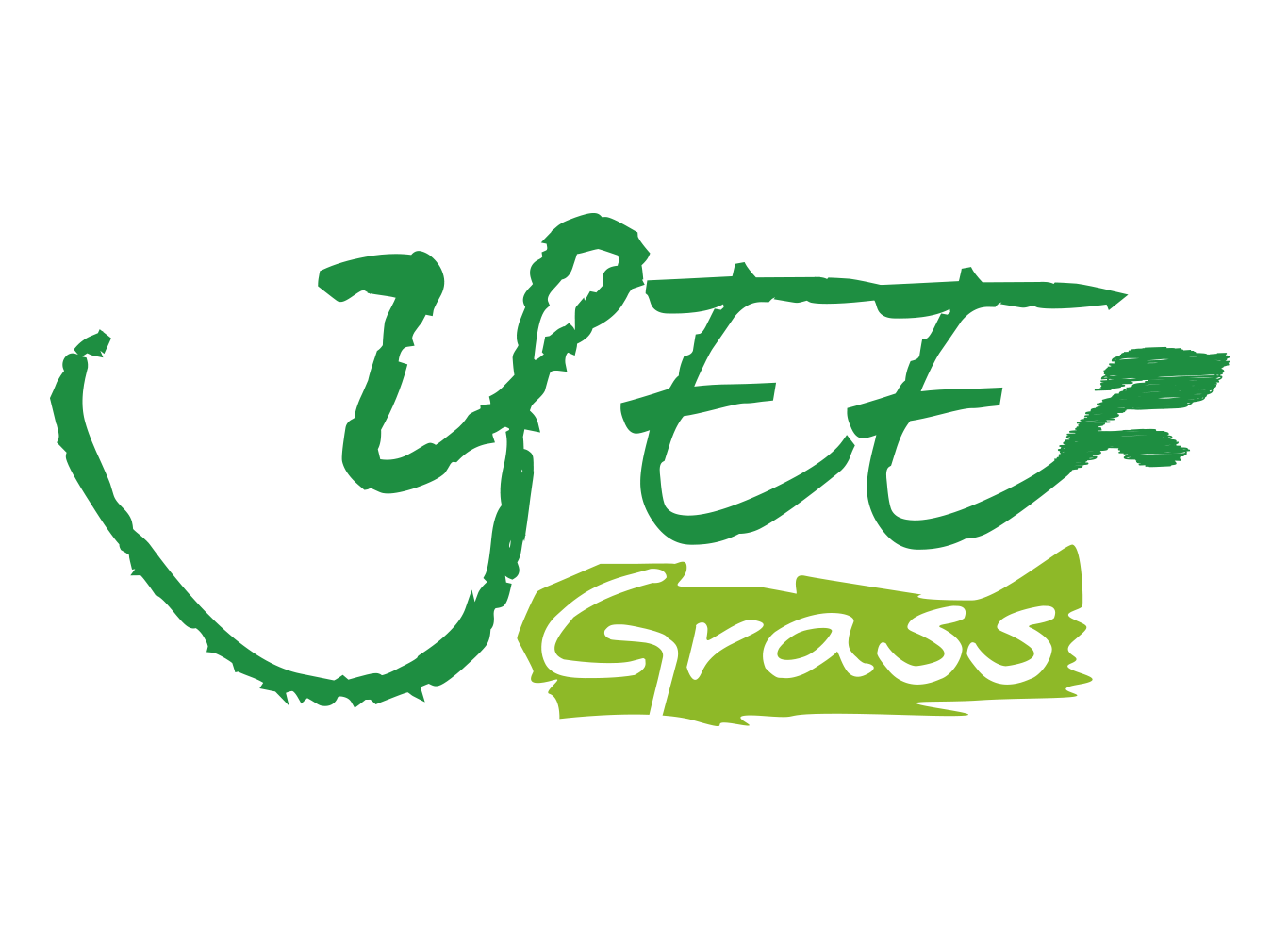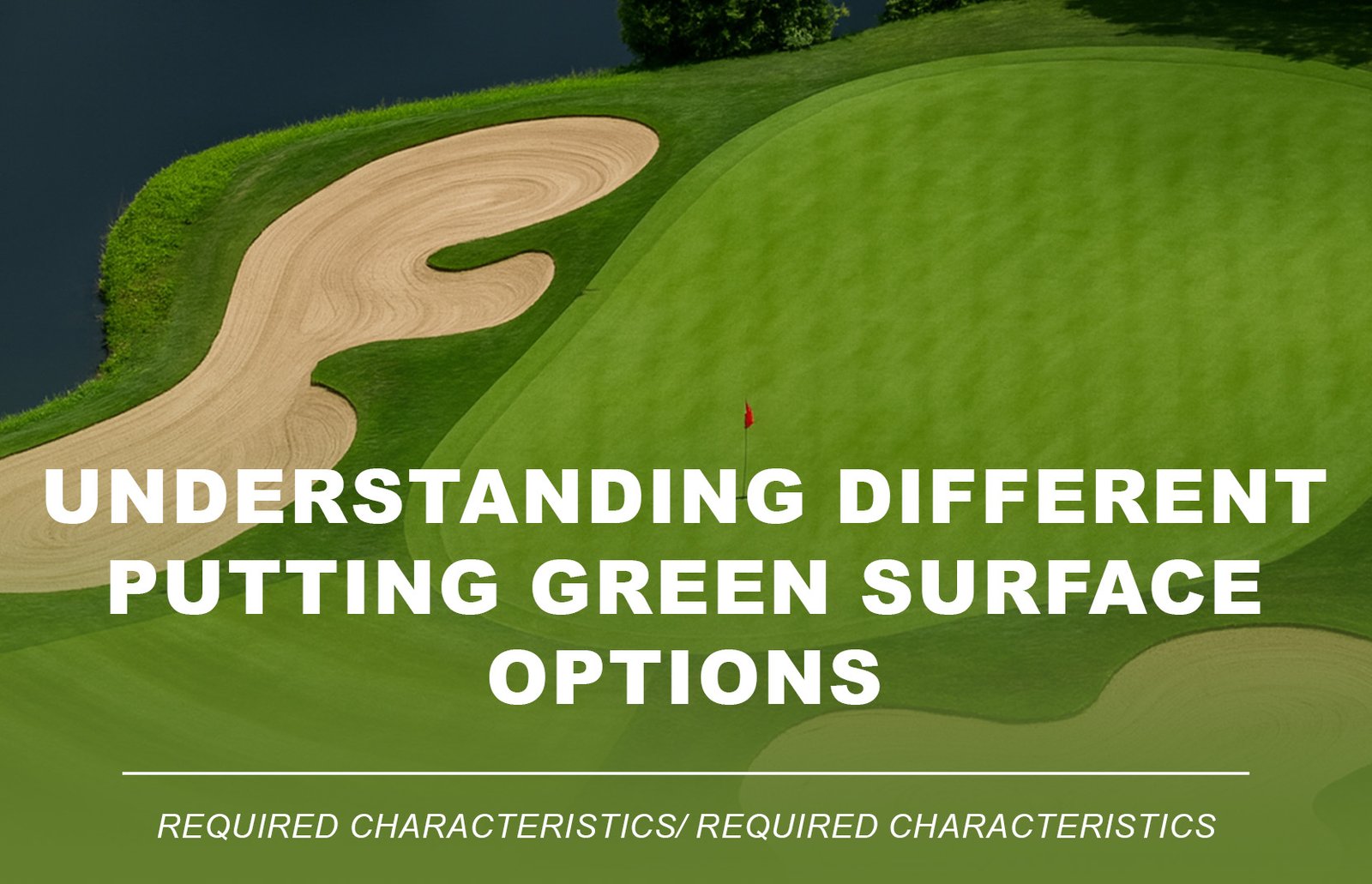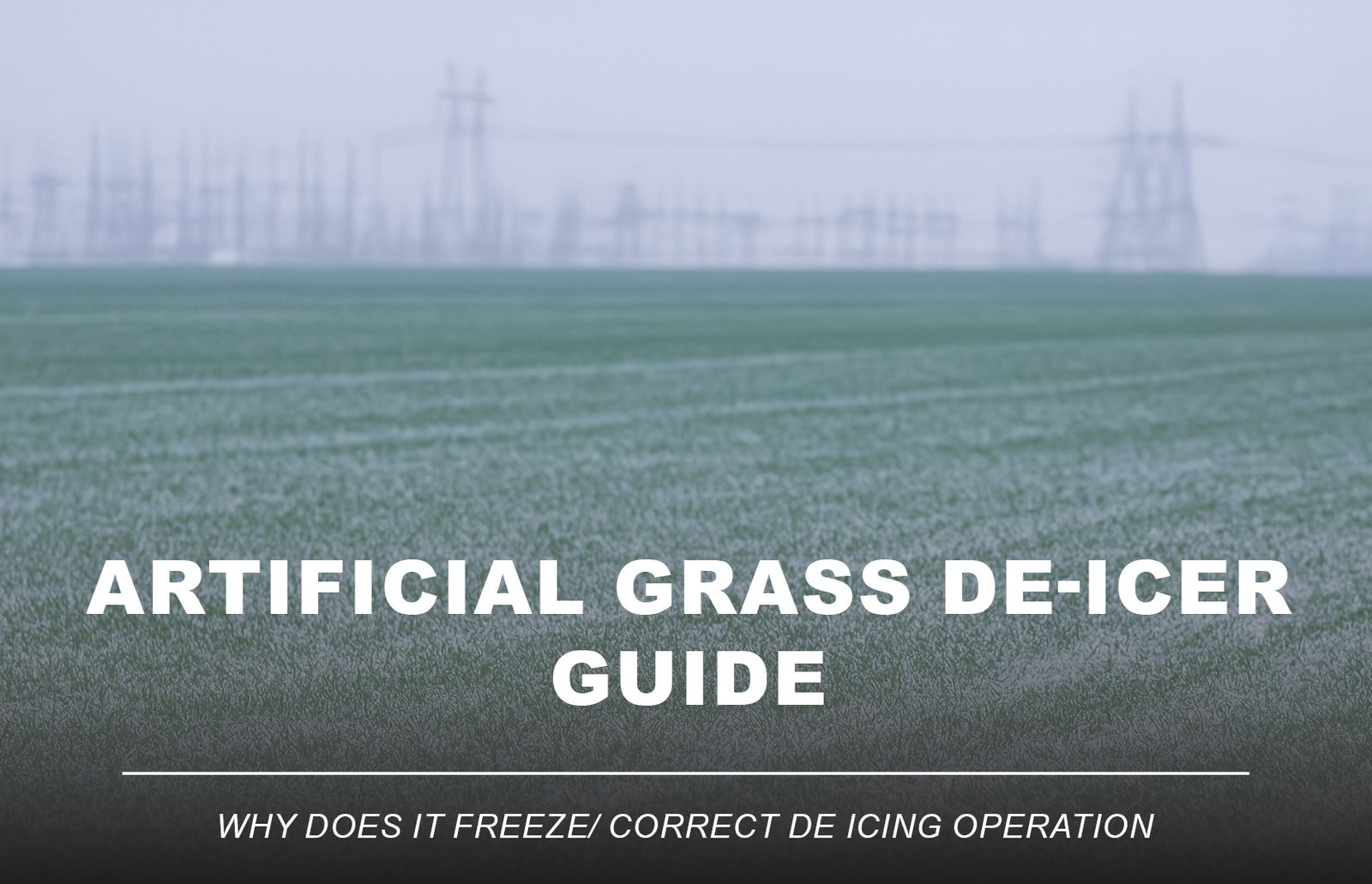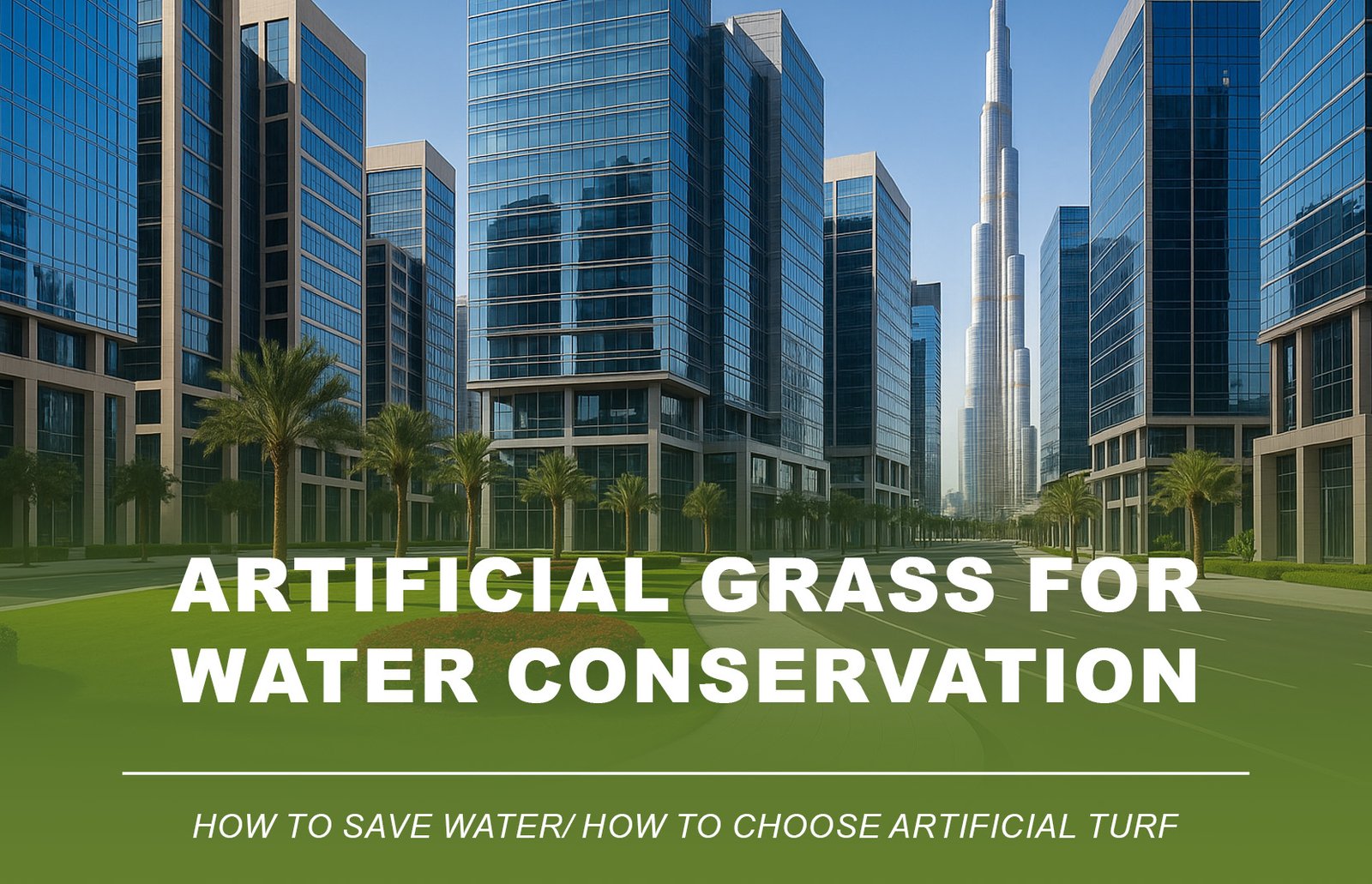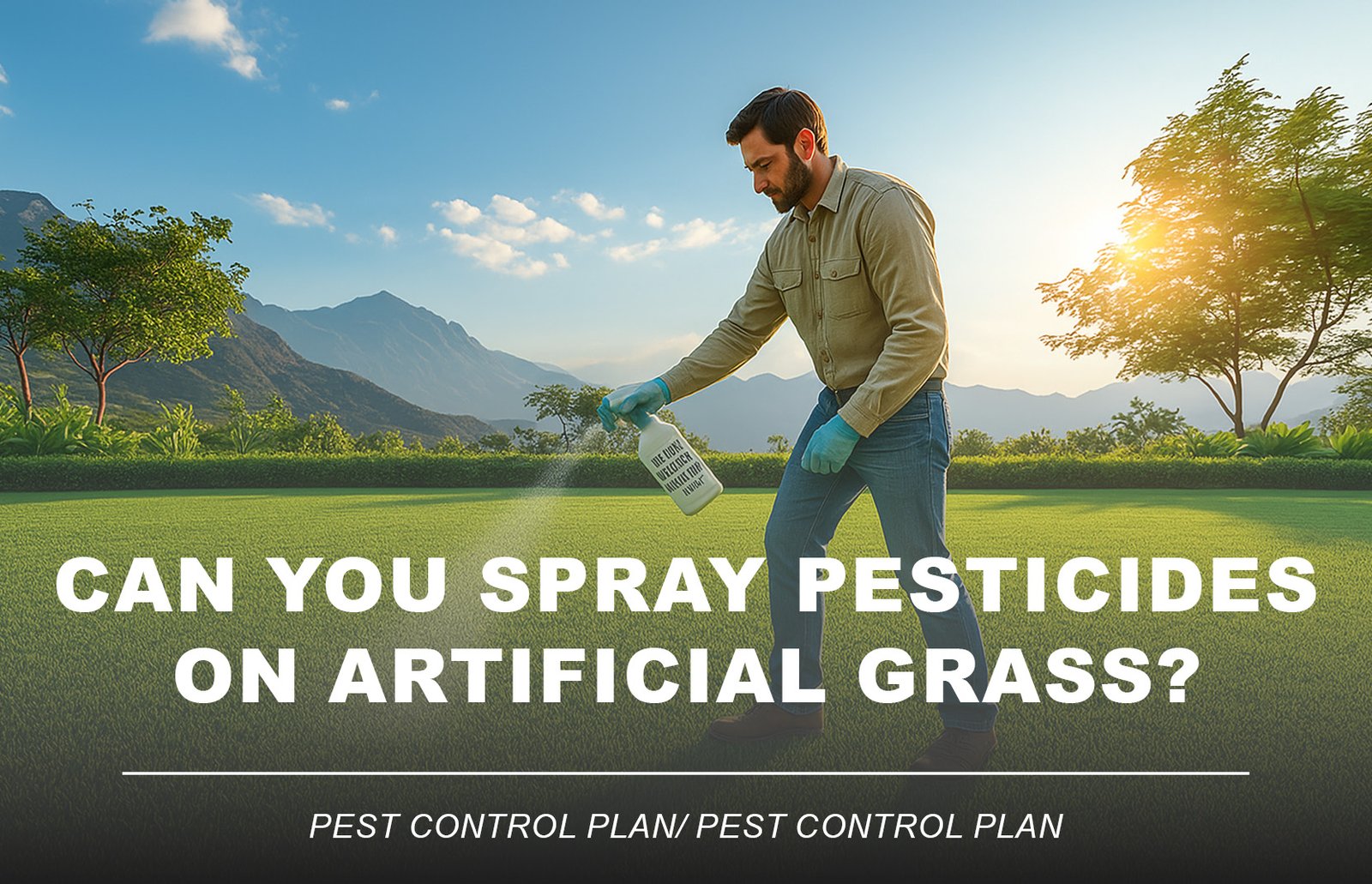
Installing artificial grass isn’t just about rolling out turf—it’s about creating a long-lasting, seamless, and secure landscape. One of the most critical components in artificial turf installation is artificial grass adhesive. Whether you’re bonding turf to concrete, decking, or seam tape, the right turf adhesive ensures stability, weather resistance, and safety for years to come.
In this guide, we’ll explore the different types of glue for artificial grass, where to use them, and how to choose the best product for your surface, climate, and application.
1. Why Artificial Grass Adhesive Matters
Artificial turf adhesive provides the necessary bonding strength to keep turf in place—especially in high-traffic areas or extreme weather. Key benefits include:
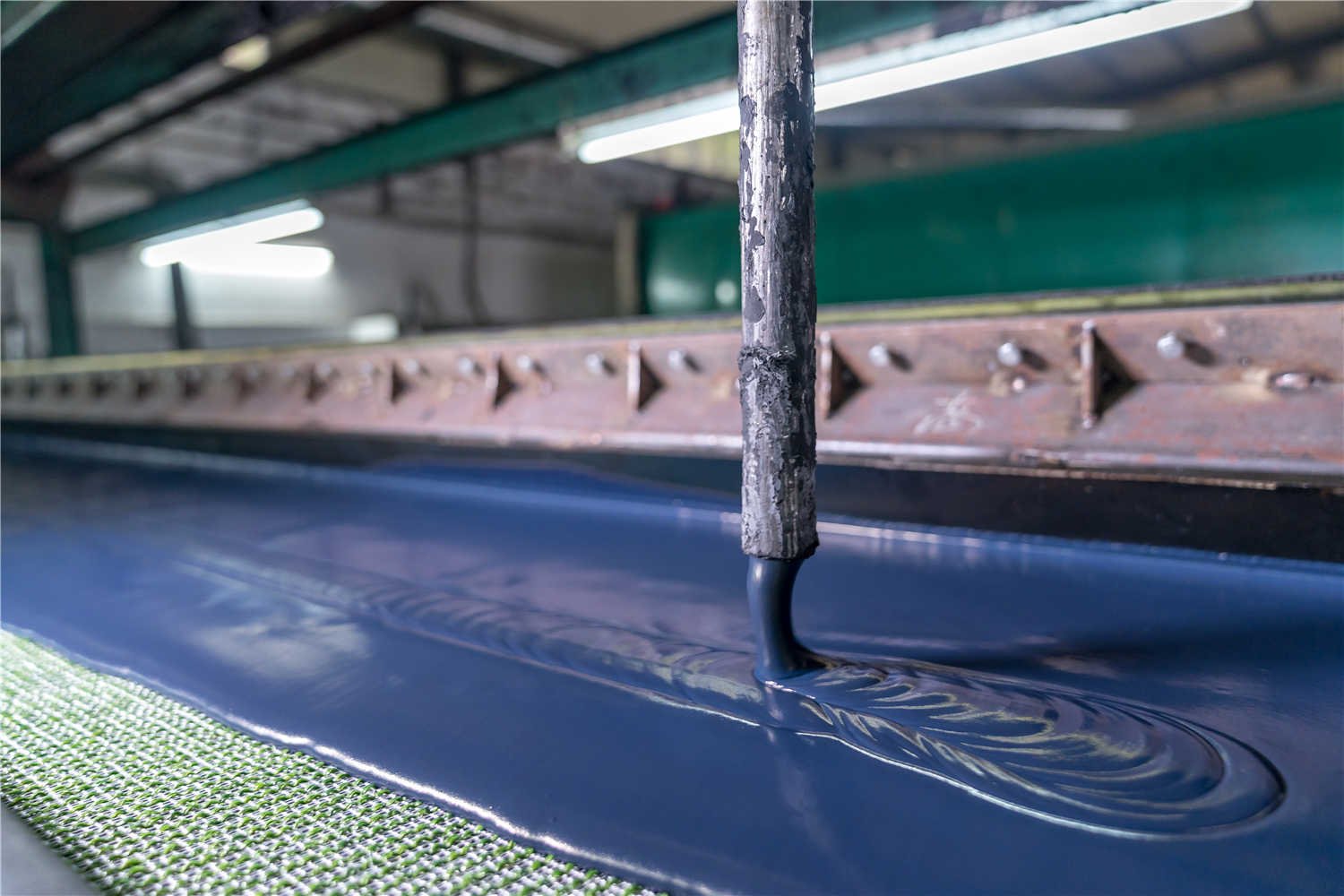
- Preventing turf edge lift or wrinkling
- Maintaining seam integrity with strong turf seam adhesive
- Ensuring long-term adhesion in outdoor environments
- Reducing trip hazards or turf displacement
2. Types of Artificial Grass Adhesives
(1) One-Part Polyurethane Adhesive

- Best for: DIY applications, small areas, simple patches
- Pros: Ready to use, weather-resistant, flexible
- Cons: Not as strong as two-part adhesives for heavy-duty applications
This polyurethane turf adhesive is a go-to for quick fixes and minor installations.
(2) Two-Part PU Adhesive (Polyurethane Resin + Hardener)

- Best for: Professional turf installation, large fields, commercial use
- Pros: Stronger bond, heat/cold resistant, ideal for synthetic grass seam glue
- Cons: Requires mixing, shorter working time
The best glue for artificial grass on concrete or large-scale projects, this adhesive delivers maximum durability.
(3) Pressure sensitive turf tape (Peel and Stick Turf Tape)
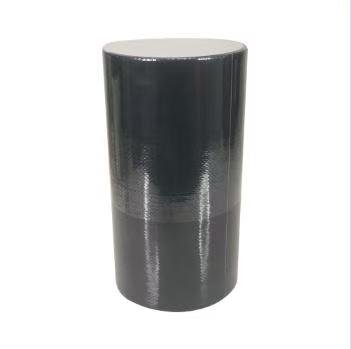
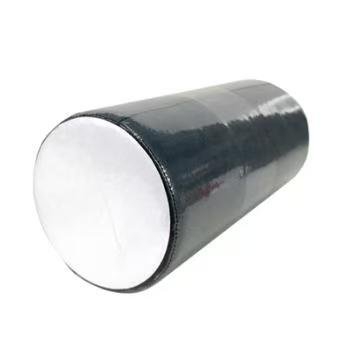
- Applicable scenarios: Temporary installation or low traffic areas
- Advantages: No need for mixing, no odor, convenient construction
- Disadvantages: Limited viscosity, not suitable for long-term use or heavy-duty areas
3. Weather & Surface Considerations
Choosing the right synthetic turf adhesive also depends on your climate and base material:
| Surface Type | Recommended Adhesive |
| Concrete / Cement | Two-Part PU or One-Part PU (adhesive for artificial grass on concrete) |
| Wood Deck | Two-Part PU with primer layer |
| Seam Tape Only | Two-Part PU or Turf Tape |
| Rubber Underlay | PU Adhesive with high flexibility |
4. Climate Tips:
- In hot climates, choose UV-resistant artificial grass adhesive with high heat resistance.
- In humid or rainy regions, waterproof polyurethane glue for turf is a must.
5. How to Apply Artificial Turf Adhesive (Quick Steps)

- Clean and dry the base surface
- Mix (if 2-part) and apply synthetic grass glue evenly
- Use a notched trowel for better bonding
- Lay turf or seam tape within working time
- Apply weight or pressure and let cure 12–24 hours
- Avoid traffic until full cure
6. Common Mistakes to Avoid
- Using indoor glue instead of outdoor-rated artificial turf adhesive
- Not allowing adhesive to fully cure
- Applying glue on wet or dusty surfaces
- Skipping perimeter or seam bonding with turf adhesive
7. Recommended Features for High-Quality Turf Adhesive

- Solvent-free and non-toxic (pet-safe installations)
- UV-resistant and waterproof
- Fast-setting or extended open time (depending on project scale)
- Compatible with multiple surfaces and all types of artificial grass
- Green-labeled (REACH, RoHS, low-VOC certified)
8. Artificial Turf Adhesive FAQ
Q1: Can I use regular construction glue for artificial grass?
A: No. Turf glue is specially formulated for outdoor durability, flexibility, and weather resistance.
Q2: How long does it take for turf adhesive to cure?
A: Typically 12–24 hours. Full strength is reached after 48 hours in most climates.
Q3: What’s the best adhesive for artificial grass on concrete?
A: Two-part polyurethane adhesive offers the strongest bond and best weather performance on concrete.
Q4: Is turf adhesive toxic?
A: Most modern artificial grass adhesives are solvent-free and non-toxic. Always check for certifications like REACH or RoHS compliance.
Conclusion: A Strong Foundation Starts with the Right Adhesive
From backyard putting greens to rooftop terraces, the best glue for artificial grass is essential for professional results. Don’t cut corners—invest in a turf adhesive that matches your surface type, usage needs, and climate conditions.

